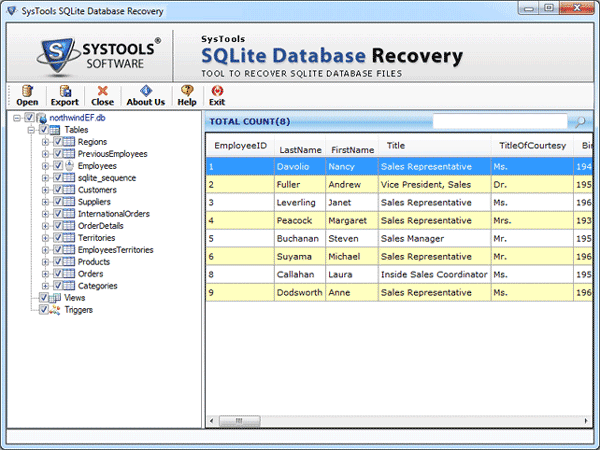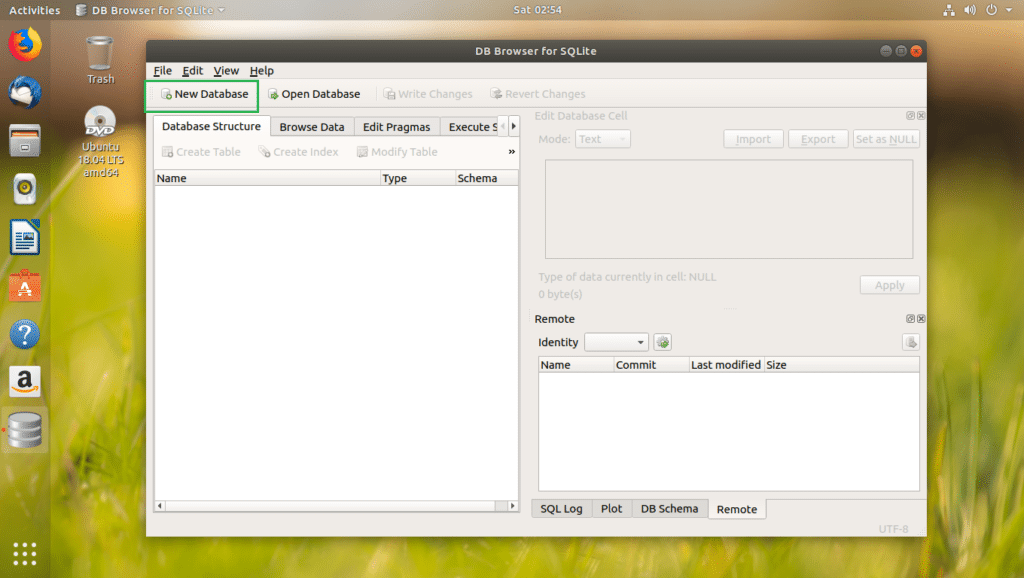

The parsed content includes that from the binary plist stored as BLOB shown earlier, and the embedded binary plist as seen with the Plist Viewer Plugin in EnCase. Illustrated below, output from the SafariTabs.db parser EnScript highlights one of the parsed records where an open Safari tab had been used for private browsing. This led to the development of EnScripts that automated the process: Pretty neat ‘private’ internet related activity that would not have been discovered in the internet history. Research and examination, initially using an external SQLite viewer and the Plist Viewer Plugin within EnCase, showed reference to web pages that had been browsed in open Safari tabs, even if that open tab is ‘private’. Illustrated an embedded binary plist, within the exported binary plist In addition options are present within the Plist Viewer Plugin output to bookmark or write to LEF the complete parsed structure of the plistīinary plist exported from SafariTabs.db, imported into EnCase to view the structure and parse using the Plist Viewer Plugin. Initiating the Plist Viewer plugin from the contextual menu, relevant content can be bookmarked for use within a report or written to a logical evidence file (LEF). Take for example a binary property list from iOS called ist, which can be examined to determine app layout for an iPhone or iPad home screen(s). Being able to initiate from the contextual menu makes it quick and simple to use. Whilst there is much more functionality within the Plist Viewer Plugin, it does provide great functionality to have a quick look at the contents of a plist and decide on the relevance.
Sqlite browser plugin update#
The Plist Viewer Plugin is great when researching a new property list, perhaps from an iOS update or a new app of interest. Both of these EnScript programs have a place in the EnCase toolbox, they are invaluable neither of which I could be without. The Generic Plist Parser can automate the parsing of plist simultaneously, whereas the Plist Viewer Plugin is great for an individual or ad-hoc parse. The ability to parse Apple plist is the function of either: In common with the previous blog where EnScript programs were introduced for viewing and parsing SQLite databases, EnScript is again the savior. Whilst OpenText™ EnCase™ and OpenText™ EnCase™ Mobile Investigator has automated functionality to parse and present content from some iPhone and iPad plists, there may be a need to parse others and extend the reach of supported artifacts. Plists are used to store user and system related information and are usually found in either a binary or XML format, some will have relevance in DFIR examinations of Apple devices.
Sqlite browser plugin series#
Please report your bugs or any feature request via addon's homepage, bug report form.The third blog in the series following on from Using the Generic SQLite Database Parser EnScript in forensic examination of a mobile device, will focus on Apple Property List (plist). Note #2: this add-on is still in beta and may work as expected. This add-on is only suitable for reasonable database size. schemacrawler-sqlite 16.19.8 Used in 3 components pkg:maven/us.fatehi/schemacrawler-sqlite16.19. Please note that, for very large SQLite database, you still need the native application. However, using it is very easy comparing to the native SQLite application. Note #1: since this add-on runs SQLite commands within the browser, it runs slower than the native SQLite application/library. Simply press on this button and then click on the - Execute SQLite - button to see the results. Moreover, there is also a button to insert a "sample" SQLite code.

You can also save the database by pressing on the - Save Database - button at the top. The result is rendered in the result section (section III) within the app UI. Please note that, executing any command may take some time depending on the SQLite database size.
Sqlite browser plugin code#
Simply add/edit the code and then click on the - Execute SQLite - button at the top left corner (the green button). Once the SQLite is fully loaded, you will see the commands in the text-area (middle section) within the UI. In order to work with this add-on, just open the app UI and drag a SQLite file to the designated area in the app (top section). Emscripten is a source-to-source compiler that can compile native C/C++ codes to JavaScript language. This add-on uses SQLite library which is compiled from C language to JavaScript with Emscripten compiler.

You can execute any SQLite command that you would like (SQL and SQLite have many differences but SQLite has most of the SQL standard). SQLite Reader is an add-on that help you easily browse, edit and render SQLite database.


 0 kommentar(er)
0 kommentar(er)
